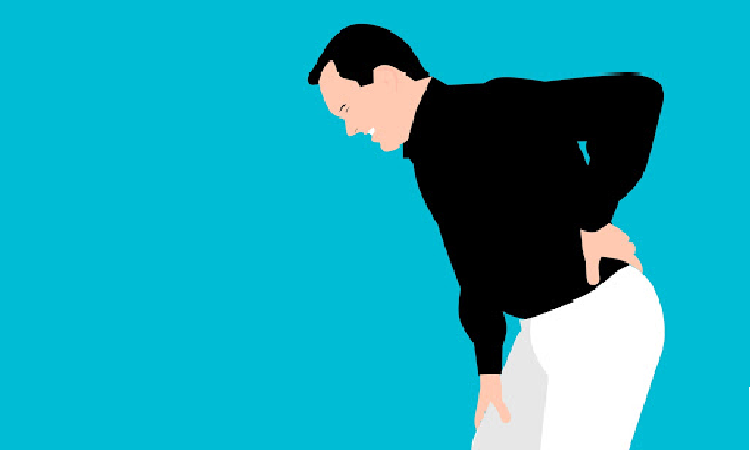8 Ways to Heal Chronic Back Pain Without Surgery

With most back problems, self-care measures usually help to combat a portion of the Chronic Back Pain. It really sounds simple and obvious but not many people think about it. While your back is healing, don’t do the activities that cause pain. I know what you are thinking, “that’s a no-brainer”, but you would be surprised at how many people think that just a little won’t hurt. Sorry, wrong answer. To put it even more simply, if you are hurt and trying to heal from a condition such as a bulging disc, don’t aggravate the hurt portion of your back (although I make reference to the back, this is generally common knowledge for most other parts of the body). Taking it easy for a few days is a good thing, although taking it too easy could be just as bad. Bed rest for one or two days is fine but anything longer than this could lead to muscle degradation weakening your core muscles and causing more back pain.
In addition to reducing your activity level, you can try a few of the following: (In all situations of prolonged back pain it is highly recommended that you go to see your health care professional for proper medical diagnosis)
Cold Packs
Inflammation may be reduced through the use of cold packs along with added relief for the discomfort caused by inflammation. The procedure: Using a clean towel, wrap it in an ice pack or a bag of frozen peas (peas are just an example, any small frozen veggie will do) and apply to the affected area for fifteen to twenty minutes up to four times a day.
Hot Packs
After 48 hours have passed from the initial time of injury apply heat to the affected area. To alleviate some of the pain warm packs or a heating pad on the lowest setting may be applied. You can try to alternate warm and cold packs if you continue to have ongoing pain.
Stretching
During your initial stretching after injury, try to stick to passive stretching and avoid any bouncing or twisting motions.
Erase My Back Pain By Emily Lark
Erase My Back Pain is a core strengthening exercise program designed by Back Pain Profes. Emily Lark, helping people get rid of Sciatica and prevent it from coming back by simple exercises. You can check out fully about it over here.
Over the counter medication
When considering pain killers there are two categories. The first type of pain killer will only relieve pain. The second pain killer helps to relieve pain and treat inflammation. These are termed as nonsteroidal anti-inflammatory drugs. Aspirin, ibuprofen, and acetaminophen products such as Tylenol fall into these categories and can help relieve the pain. Although these can provide real pain relief there is a limit to how much pain can be controlled. The ceiling effect refers to how a patient exceeding the recommended dosage won’t achieve better effects. The problems with NSAIDs are that they are known to cause side effects in some people such as nausea, stomach bleeding, or ulcers. It is best to talk to your health care professional if you are taking these on a regular basis so you can be monitored for problems associated with prolonged usage. If you are on an exercising program, stretching or following any other form of treatment you should be periodically re-evaluated to see if you still require NSAIDS for your pain management.
Prescription Drugs
Your health care professional may prescribe you a combination of muscle relaxants along with anti-inflammatory medications. If you are suffering from chronic pain, anticonvulsant medication or tricyclic antidepressant drugs may be prescribed as well. When the signals that are sending “pain messages” to your brain are blocked through the use of these drugs, symptoms may be able to be managed this way. When enhancing the body’s production of endorphins, which are natural painkillers for the body, back pain can sometimes be managed through this method.
Physical therapy
An important part of recovery from Pain Under the Right Breast can be achieved through well-planned physical therapy sessions. Your physical therapist can work with you as your condition improves to help design a rehabilitation program to help prevent the same injury from repeating itself in the future.
Regular exercise
When you have injured your back, one has the notion that movement or exercise would be counterproductive and it would be better just to lay around and rest until the pain subsides. Regular exercise is truthfully the best way to combat ailments such as chronic back pain. When you exercise your body releases endorphins that prevent pain signals from reaching your brain. Endorphins can also help combat feelings of anxiety and depression. If you are suffering from anxiety or depression your back pain may be more difficult to control.